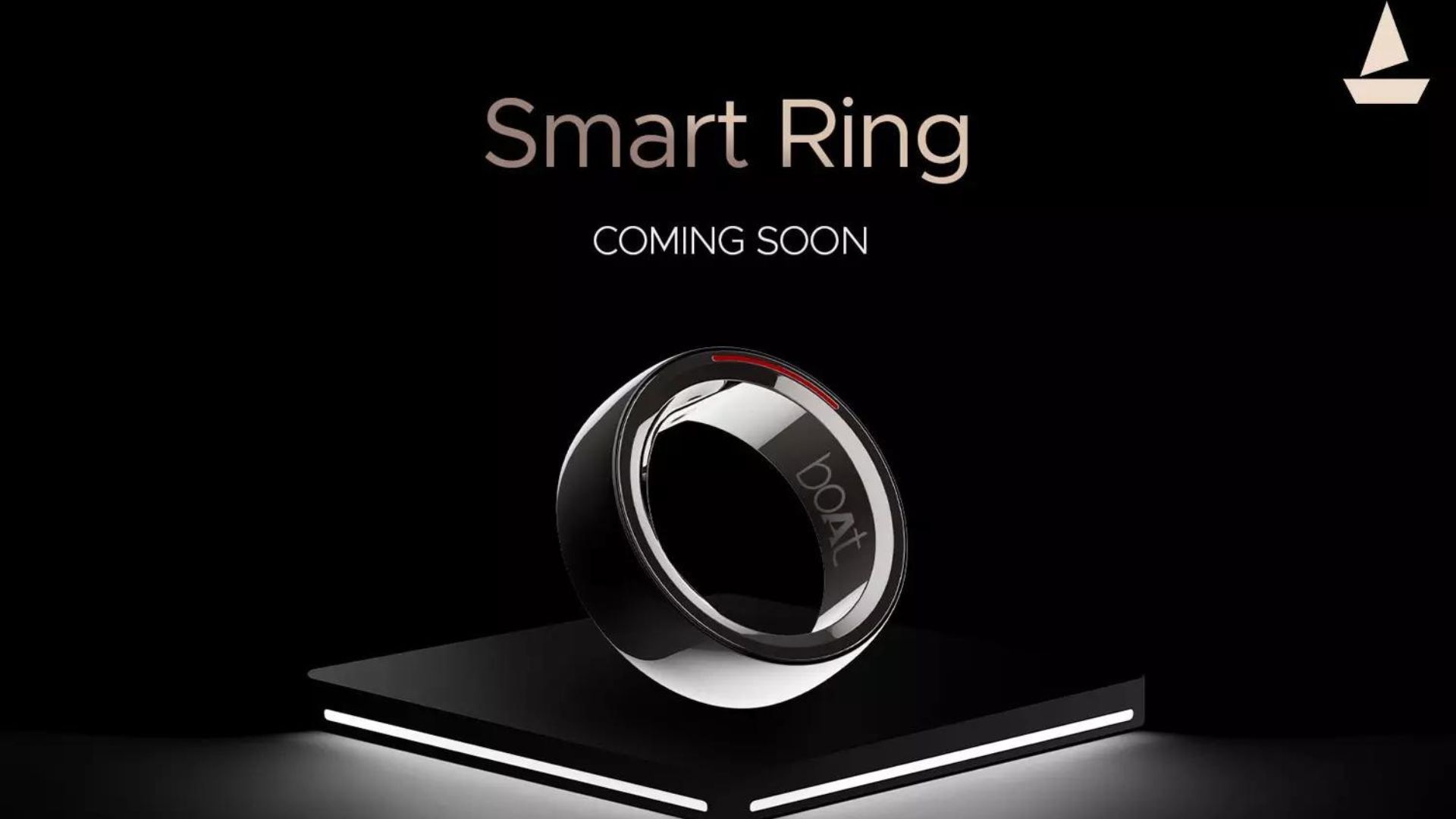The Smart Ring Test: A New Way To Demonstrate Loyalty?

Table of Contents
How Smart Rings Could Be Used as a Loyalty Test
Smart ring technology, with its ability to track various data points and offer secure access features, presents a novel, albeit potentially problematic, approach to demonstrating loyalty. However, it’s crucial to analyze its application within the nuanced context of relationships.
Data Tracking and Transparency
Smart rings offer detailed data on location, activity levels, and even sleep patterns. The argument for using this data in a "loyalty test" centers on the idea of increased transparency fostering trust. Sharing this information could, theoretically, alleviate suspicion and build a stronger foundation of openness within a relationship.
- Potential Benefits: Enhanced transparency, reduced suspicion, improved communication about daily routines.
- Privacy Concerns: Constant monitoring raises ethical concerns. The line between transparency and invasion of privacy is blurry, potentially leading to feelings of being controlled or suffocated. Data security breaches are also a serious concern.
- Ethical Implications: The power imbalance inherent in constant monitoring must be considered. Does the promise of transparency justify potential infringements on personal autonomy?
Biometric Authentication and Secure Access
Many smart rings utilize biometric data like fingerprints for secure access to devices and online accounts. Proponents suggest this shared access symbolizes a new level of commitment and shared digital life. Sharing access to personal accounts could be seen as a gesture of trust and commitment.
- Symbolism of Shared Access: Does shared access truly reflect loyalty, or is it merely a shared digital footprint, lacking the depth of emotional connection?
- Security Vulnerabilities: The technology itself is not foolproof. Security breaches could compromise sensitive data and undermine the very trust it intends to build.
- Responsible Technology Use: The responsible use of this technology requires careful consideration of both its potential and its limitations.
The Psychological Aspect of the “Test”
Using technology to measure loyalty raises significant psychological questions. Does the very need for such a test reflect a pre-existing lack of trust or simply a modern interpretation of relationship dynamics?
- Lack of Trust vs. Modern Approach: It’s crucial to determine the root cause of the desire for a smart ring "test." Is it a genuine concern, or a symptom of deeper relationship issues?
- Increased Anxiety and Control Issues: Constant monitoring can create anxiety and fuel control issues, ultimately damaging the very relationship it aims to strengthen.
- False Sense of Security: Relying solely on technology for reassurances can lead to a false sense of security, potentially overlooking crucial emotional cues and communication breakdowns.
The Limitations and Drawbacks of the Smart Ring Test
While the allure of technological solutions to relationship issues is understandable, the smart ring test presents considerable limitations and drawbacks that outweigh any potential benefits.
Privacy Concerns and Data Security
The collection and storage of personal data through smart rings are fraught with privacy concerns. Data breaches, hacking, and misuse of sensitive information are all very real threats.
- Data Breaches and Misuse: The potential for sensitive personal data to fall into the wrong hands is a major deterrent.
- Informed Consent and Data Handling: Strict regulations and transparent data handling practices are essential to protect users' privacy.
- Hacking and Compromise: The vulnerability of smart ring technology to hacking necessitates caution and responsible use.
The False Sense of Security
Technology cannot, and should not, replace genuine trust and emotional connection. Relying on data to measure loyalty provides a superficial and ultimately flawed metric.
- Beyond Data Tracking: True commitment is about emotional depth, shared experiences, and mutual respect, things that cannot be tracked by a smart ring.
- Emotional Connection over Data Points: Focusing solely on data overlooks the complexity of human relationships and the importance of emotional intimacy.
- Superficial Measurement of Loyalty: Data alone cannot provide a true measure of loyalty or commitment.
The Potential for Relationship Damage
Employing a smart ring as a loyalty test can profoundly damage trust and create unnecessary conflict within a relationship.
- Damaged Trust and Conflict: The feeling of being constantly monitored can breed resentment and suspicion.
- Open Communication and Mutual Respect: These elements are essential for healthy relationships and are undermined by technological surveillance.
- Breakdown in Intimacy: The sense of being constantly watched can hinder intimacy and emotional vulnerability.
Alternatives to Technology-Based Loyalty Tests
Instead of relying on technological solutions, fostering genuine connection and trust through communication and shared experiences is far more effective in building a strong and lasting relationship.
Open Communication and Trust-Building
Open and honest communication is the cornerstone of any healthy relationship. Building trust requires vulnerability, active listening, and a willingness to address concerns openly.
- Honest and Vulnerable Communication: Sharing feelings and experiences without fear of judgment is essential.
- Trust-Building Activities: Shared experiences and collaborative efforts strengthen bonds.
- Active Listening and Empathy: Understanding and validating each other’s perspectives is crucial.
Building a Strong Emotional Bond
Genuine loyalty stems from emotional connection, mutual support, and shared experiences. Technological measures cannot replicate the richness of a strong emotional bond.
- Shared Experiences and Mutual Support: Creating shared memories and offering support during challenging times fosters loyalty.
- Strengthening Emotional Connections: Quality time, shared hobbies, and acts of kindness nurture emotional intimacy.
- Compassion and Understanding: Navigating challenges with compassion and understanding builds resilience and strengthens the relationship.
Conclusion
The smart ring test, while intriguing in its technological innovation, ultimately fails as a meaningful measure of loyalty. True commitment is not quantifiable through data; it's built on open communication, trust, and a strong emotional connection. Instead of relying on a smart ring test, focus on nurturing these core elements within your relationships. Build genuine trust and commitment, not technological surveillance. Remember, strong relationships are fostered through open communication and mutual respect, not by employing a smart ring test. Prioritize honest communication and emotional intimacy over technological solutions for building a strong and lasting relationship.

Featured Posts
-
 Position De Netanyahou Macron Commet Une Erreur Majeure Sur L Etat Palestinien
May 03, 2025
Position De Netanyahou Macron Commet Une Erreur Majeure Sur L Etat Palestinien
May 03, 2025 -
 Alfonso Cuaron And The Harry Potter Series Why Chris Columbus Left
May 03, 2025
Alfonso Cuaron And The Harry Potter Series Why Chris Columbus Left
May 03, 2025 -
 Find The Winning Lotto Numbers Saturday April 12th Draw
May 03, 2025
Find The Winning Lotto Numbers Saturday April 12th Draw
May 03, 2025 -
 Hl Ysthq Alshrae Mrajet Mtwqet Lblay Styshn 6
May 03, 2025
Hl Ysthq Alshrae Mrajet Mtwqet Lblay Styshn 6
May 03, 2025 -
 L Annonce De Macron Depuis Le Gabon Quelles Consequences Pour La Relation France Afrique
May 03, 2025
L Annonce De Macron Depuis Le Gabon Quelles Consequences Pour La Relation France Afrique
May 03, 2025
